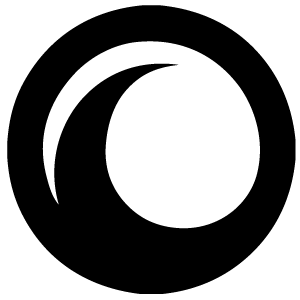Over at the Studio One Reading Series blog, Bronwen Tate and Matthew Henriksen have an interesting convesatio about his new book with us, Ordinary Sun. It kicks off in an itnensely intimate way, and then spirals outward from there:
-----------------------------------
BRONWEN TATE: I've been thinking, reading your book and just in general recently, about how words name things that exist in the world (bees, the moon, a table), but also are constantly in play with other uses of the same word in other writing. And poetry is sometimes trying to slough off those allusions and make the reader actually see a moon (not a symbol) and at other times relies on allusions to make meaning or create depth. Can you talk a bit about how this works inOrdinary Sun? Do you see your writing moving in one direction or another? Is a knife ever just a knife?
MATTHEW HENRIKSEN: A knife is never a knife as long as I cannot say for certain what a knife is. What does a knife do? I can say that it cuts, but I have not been cut by a knife. Therefore, I have no intimacy with knives. I know what a person is because I know what a person can do. A person loves, and I have been loved by a person. I am a person because I have inflicted my love intimately upon another. In poems, I am not comfortable with "knife" as symbol or as word. If I believe in the holiness of poems, I find holiness in the literal presence of the image, which is neither of the word "knife" itself or what "knife" suggests. The image is the event of a group of words flashing upon the brain and creating a "place" where shapes, colors, and sounds--conceivable sensations--occur. The act of impression, not merely the result, defines the image's presence. If a knife gets into my brain as an image I know what it is. The image is always intimate, inflicted by another and leaving a scar of memory. In "Copse," I do not talk about a knife but my friend's table, "where knife-gnaws never healed." I can't make the reader actually see that table, but I can try to impress the knife-inflicted damage on the brain of another. The image does not come from the actual table or the moment when I saw the table but from the scar of memory that coincided with writing that line. Images are more like ideas than facts, which is lucky for us, because we cannot posses a fact as intimately as we can an idea. The idea of my friend's table made me sad, and the image contains rather than symbolizes that sadness.
-----------------------------------
If you live near Oakland, the Studio One Reading Series happens on the first Friday of every month. Appearing tonight, March 4th, are Bronwen Tate and Matthew Henriksen. Forthcoming appearances include: Nik De Dominic, Amanda Nadelberg, Geoffrey G O'Brien, Anthony McCann, Robyn Schiff and Matthew Rohrer.

